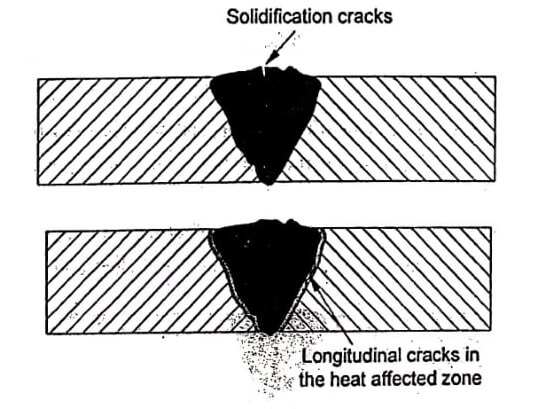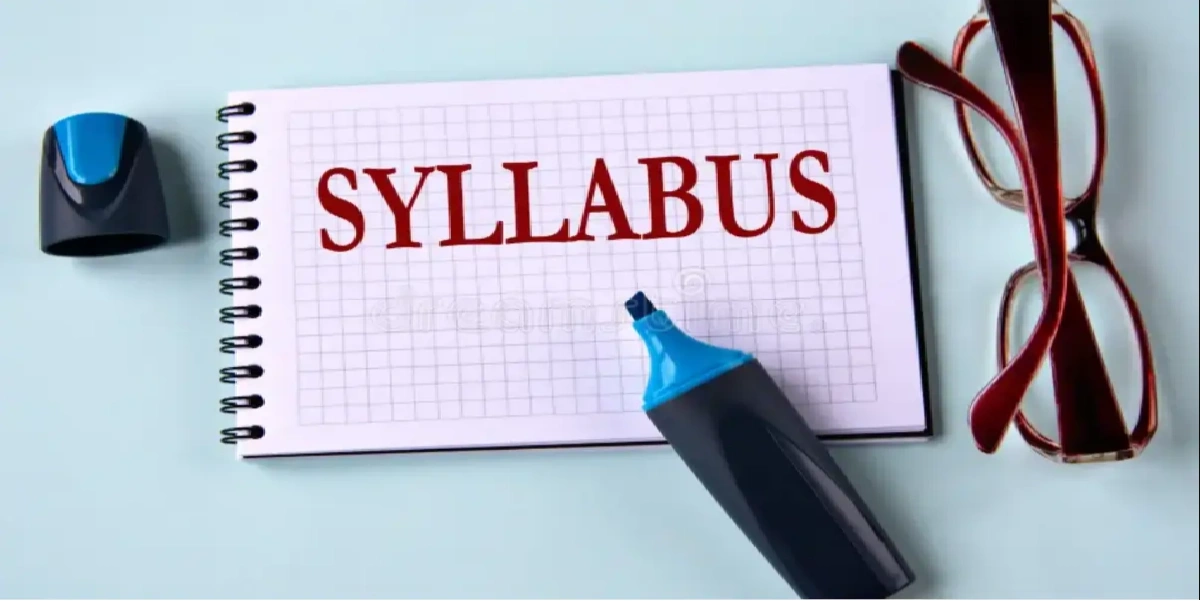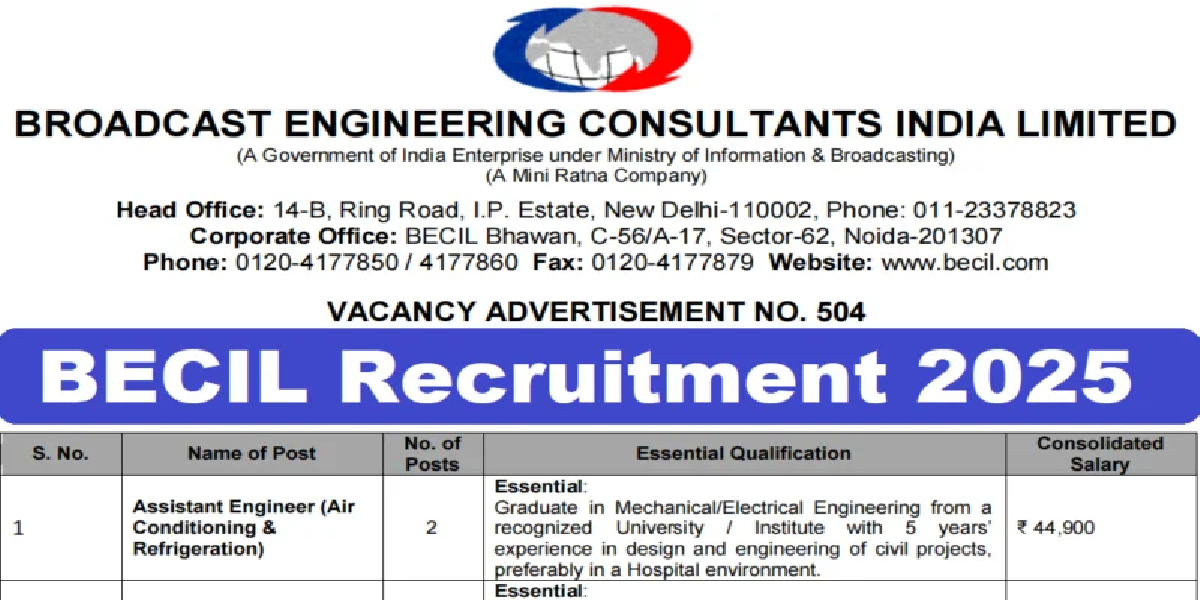Defects in Welding Process

A welding defect is any flaw that compromises, the usefulness of a weldment. The improper welding parameters, base metal and selection of method introduce defects in the weld metal. So, the defective weld causes failure in service conditions and damages to the properties the defects in weld depending on thickness, load, environment and size of the weld. Defects welding the major defects which are causing in the weld are:
- Lack of fusion
- Lack of root penetration
- Cracks
- Cavity
- Porosity
- Undercut
- Distortion
- Slag inclusion
- Lamellar tearing
- Overlapping
- Imperfect shape or unacceptable contour
- Miscellaneous defects.
Lack of fusion
Lack of fusion is the poor adhesion of the weld bead to the base metal. The parameter mainly affects the welding current. If the current is very low, it is not sufficient to heat the metal all over the place. The wrong design of the weld also causes defects.
Lack of root penetration
Lack of fusion is a weld bead in which fusion has not occurred throughout the cross section of joint due to improper penetration of the joint. Incomplete penetration forms channels and crevices in the root of the weld which can cause serious issues in pipes because corrosive substances can settle in these areas. This defect occurs due to too small root gap, too large size electrode, high travel speed and incorrect use of electrode.
Cracks – Defects in Welding
Fracture-type interruptions are either in weld or base metal adjacent to weld. It is a serious defect because it is a discontinuity in the metal that significantly reduces strength. It is duo to embrittlement or low ductility of weld and base metal combined with high restraint during contraction. In general, this defect must be repaired.
The cracks are mainly classified into the following two types:
♦Hot cracking.
♦Cold cracking.
Image shows different types of cracks in the weldment. Hot cracking also known as solidification cracking can occur with all metals and happens in the fusion zone of a weld. To diminish the probability of this type of cracking, excess material restraint should be avoided and a proper filler material should be utilized.
A heat-affected zone. (HAZ) is a crack that forms a short distance away from the fusion line. It occurs in low alloy and high alloy steel. The exact causes of this type of crack are not completely understood but the dissolved hydrogen must be present.
Crater cracks occur in the crater when the welding arc is terminated prematurely. Crater cracks are normally shallow, hot cracks usually forming single or star cracks. These cracks usually start at a crater pipe and extend longitudinal in the crater.
Hot cracking occurs at high temperature and cold cracking occurs at room temperature.
The main causes of crack formation are:
- Arc speed
- Ductility
- Solidification rate
- Temperature.
Residual stresses can reduce the strength of the base material and it can lead to catastrophic failure through cold cracking. Cold cracking is limited to steels and it is associated with the formation of martensite as the weld cools. The cracking occurs in the heat-affected zone of the base material.
Cavity
There are two cavity type defects that may present in the weldment.
(i) Porosity
(ii) Shrinkage voids.
Porosity : It is small voids in weld metal formed by gases entrapped during solidification as shown in image. It is caused by inclusion of atmospheric gases, sulfur in weld metal or surface contaminants. It is due to the presence of gases in the solidifying metal which are producing porosity. The gases are: oxygen, nitrogen and hydrogen. The parameters which are causing porosity are:
- Arc speed
- Coating of the electrode
- Incorrect welding technique
- Base metal composition.
The sources of hydrogen formed on the weld pool are electrode coatings. Then oxygen becomes as oxide form in the pool. Nitrogen enters in the form of atmospheric nitrogen.
Shrinkage voids : Cavities are formed by shrinkage during solidification.
Defects in Welding – Undercut
Undercut is a groove gets formed in the parent metal along the sides of the weld as shown in image. The main causes of the undercut are:
- High current
- Arc length
- Electrode diameter
- Inclination of electrode.
Distortion
Distortion is defined as the change in shape and difference between positions of two plates during the welding. The base metal under the arc melts and already welded base metal starts cooling. It will create a temperature difference in the weld and will cause distortion.
- Arc speed
- Number of passes
- Stresses in plates
- Joint type
- Order of welding.
Slag inclusions
During solidification of weld, any foreign materials present in the molten metal will not float. It will be entrapped inside the metal. So, it will lower the strength of the joint. Most common form is slag inclusions generated during arc welding processes that use flux instead of floating to top of weld pool and globules of slag become encased during solidification. Other forms are metallic oxides that form during welding of certain metals such as aluminum which normally has a surface coating of
Lamellar tearing
It is mainly a problem with low quality steels. It occurs in plate that has a low ductility… in the through thickness direction which is caused by non-metallic inclusions such as suphides and oxides that have been elongated during rolling process.
These inclusions mean that the plate cannot tolerate the contraction stresses in the short transverse direction. It is seen in large structures. Lamellar tearing can occur in both fillet and butt welds but the most vulnerable joints are T and corner joints where the fusion boundary is parallel to the rolling plane.
Overlap – Defects in Welding
Overlap is the protrusion of the weld metal beyond the weld toe or weld root. It may occur because of fusion problem.
- Arc length
- Arc speed
- Joint type
- Current.
Spatter
Spatter is small droplets of electrode material which have been ejected from the arc which may or may not have fused to the parent plate. The main causes of spatter are high welding current, excessive arc length, damp electrodes, arc blow, incorrect electrode angle, incorrect polarity and poor gas shielding.
- See More : Leaser beam welding process
- See More : Friction stir welding process
- See More : Atomic hydrogen welding









